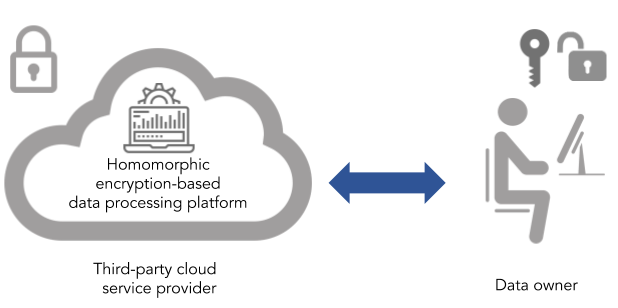Symmetric and Asymmetric encryption
This is no rocket science that I am writing about. Its the next post that will need this information.
Symmetric encryption
Its the encryption where the source thats encrypting the information and the destination thats decrypting it will make use of the same key. This means to say that you encrypt and decrypt using the same key. This key is often called as secret key. The key is generally a password or code or a random generated number(RNG). Two types of symmetric encryption -
Block algorithms:
Symmetric encryption
Its the encryption where the source thats encrypting the information and the destination thats decrypting it will make use of the same key. This means to say that you encrypt and decrypt using the same key. This key is often called as secret key. The key is generally a password or code or a random generated number(RNG). Two types of symmetric encryption -
Block algorithms:
Set lengths of bits are encrypted in blocks of electronic data with the use of a specific secret key. As the data is being encrypted, the system holds the data in its memory as it waits for complete blocks
Stream algorithms:
Data is encrypted as it streams instead of being retained in the system’s memory.
Symmetric Encryption use cases:
Due to the better performance and faster speed of symmetric encryption (compared to asymmetric), symmetric cryptography is typically used for bulk encryption / encrypting large amounts of data, e.g. for database encryption. In the case of a database, the secret key might only be available to the database itself to encrypt or decrypt.
Some examples of where symmetric encryption is used are in banking sector:
- Payment applications, such as card transactions where PII needs to be protected to prevent identity theft or fraudulent charges
- Validations to confirm that the sender of a message is who he claims to be
Asymmetric encryption
This is also called as Public key encryption which is the basis for public key infrastructure(PKI). There are two keys - Public and Private. The Public key is used by the client to encrypt. Private key is saved at the server which is used to decrypt. The keys are mathematically connected.
One of the ways of using the asymmetric encryption is through digitally signature. The information is signed with sender's private key and only those who produce the public key for the same will receive access to the information sent.
Examples of Asymmetric encryption
Diffie–Hellman key exchange:
The simplest and the original implementation of the protocol uses the multiplicative group of integers modulo p, where p is prime, and g is a primitive root modulo p. These two values are chosen in this way to ensure that the resulting shared secret can take on any value from 1 to p–1
RSA:
The intention is that messages encrypted with the public key can only be decrypted in a reasonable amount of time by using the private key. The public key is represented by the integers n and e; and, the private key, by the integer d (although n is also used during the decryption process. Thus, it might be considered to be a part of the private key, too). m represents the message (previously prepared with a certain technique explained below)






Comments
Post a Comment